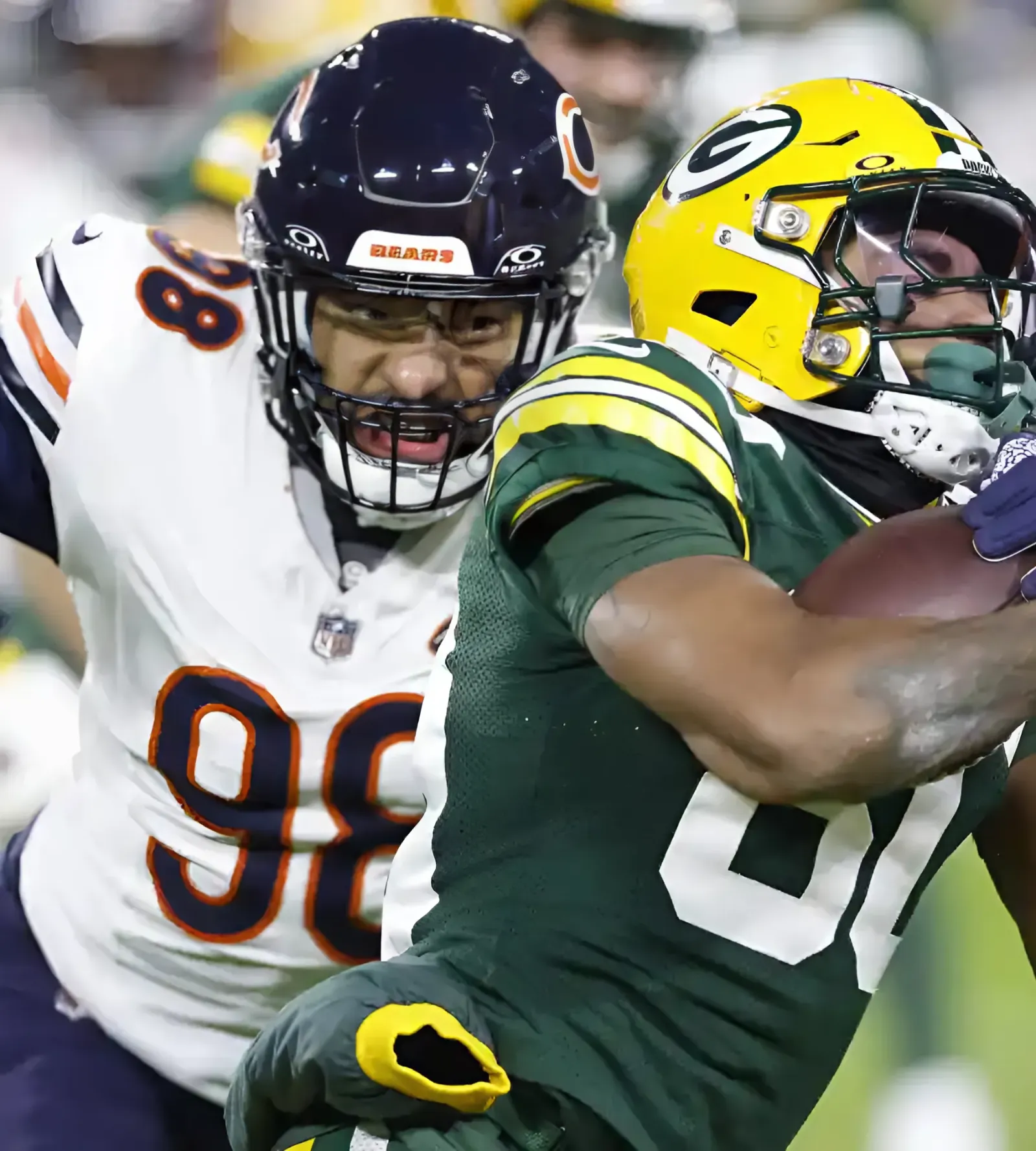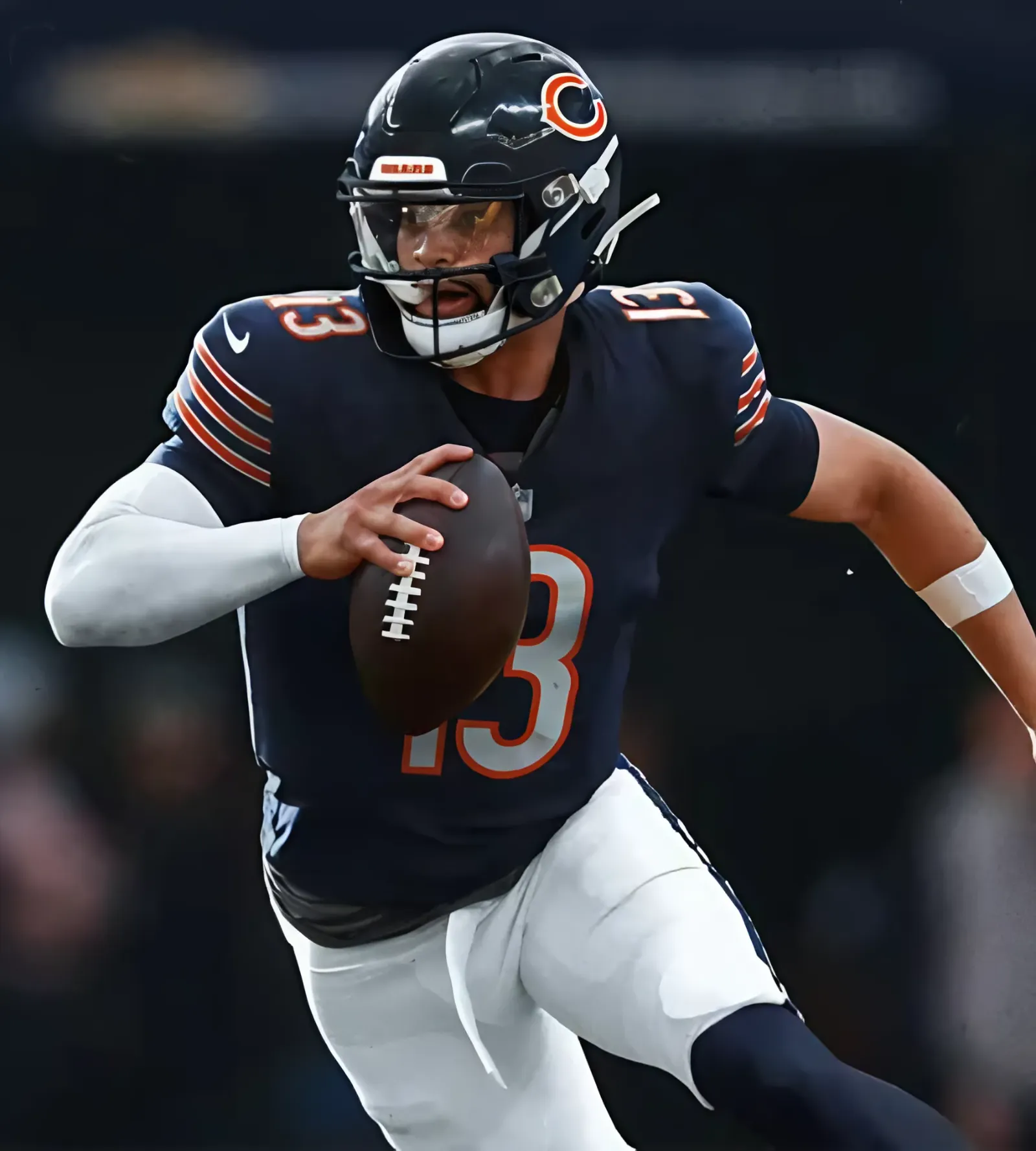
The Buffalo Sabres have been trapped at the bottom of a chasm of futility for the better part of the last 11 years. We’ve discussed a few of the reasons for such, including the 2014 trade of Ryan Miller that ushered in the era of atrocious hockey management that cemented the Sabres as the laughing stock of the NHL, but that’s not where it truly began.
In reality, the team’s downward spiral had been underway long before then, and the moment that may have been the true beginning of it doesn’t get recognized as such. Ironically, it also involved Miller.
When Milan Lucic of the Boston Bruins trucked the superstar goaltender in November 2011, it sparked the fire that burned the Sabres as we knew them to the ground and the team was truly never the same again afterwards. How, you may ask? Let’s go back in time.
Sabres Looked Promising Beforehand
Optimism was abound in the fall of 2011 for Sabres fans. The 2010-11 season, the team’s 40th anniversary, had been remarkable. After sitting in the basement of the league at midseason, Buffalo caught fire in the second half and went on perhaps their most impressive run to date, rallying to secure the Eastern Conference’s seventh seed. A seven-game defeat in the first round was disappointing but didn’t kill the special feeling and the Sabres entered the 2011-12 campaign determined to continue it.
At first, they did. With Miller and newly-promoted captain Jason Pominville leading the way, the new season started well and the Sabres went 10-5-0 through their first 15 games. On Nov. 12, they traveled to Boston for their first matchup with their loathsome divisional rival Bruins, the defending Stanley Cup champions. The B’s had suffered the proverbial championship hangover early in the season but had been heating up by the time Buffalo came to town, thanks in large part to one of their biggest pieces (literally and figuratively).
Fresh off a breakout year in which he established himself as one of the Bruins’ best players and was integral to their championship, Lucic was perhaps the NHL’s premier power forward at the time. Combining his 6-foot-3, 235-pound frame with skill and speed, the winger could do whatever he wanted on the ice, and frequently did. In addition to his skill, he was capable of manhandling anyone who dared to challenge him and earned a reputation as one of the most fearsome players in hockey.
The Sabres knew Lucic well and he had been a thorn in their side for much of the previous two seasons, but they hadn’t seen anything yet and their strong start was about to come to a screeching halt.
The Hit That Ruined a Team
The Saturday night contest began with Buffalo jumping out in front early. At just past the 13-minute mark of the first, the Sabres had the Bruins pinned in their zone with Pominville, Thomas Vanek, Paul Gaustad, Tyler Myers and Andrej Sekera on the ice. Vanek got a pass from Pominville at the point and took a shot that a charging Lucic blocked. The puck caromed out to center ice but was too far for Lucic to corral and he gave chase into the Sabres’ zone. Miller came out to the right faceoff dot to cut him off at the pass and then, BOOM.
The winger bulldozed Miller (almost 70 pounds lighter than him) with a massive hit that sent the former Vezina winner barreling to the ice. And that’s where time momentarily stood still. Given that Miller was the heart of the Sabres and that they despised Lucic, it would be easy to assume that every Sabre on the ice chased him down with bloodlust, right? That didn’t happen, in fact, nothing even remotely close to it did.
Vanek, Pominville, Myers and Sekera all converged on the perpetrator but looked extremely reluctant to engage him. Gaustad had been deep in the Boston zone and was the last player to arrive on the scene but was intercepted outside the pileup, which then ended without further incident. A furious Miller had swung his stick at Lucic after the hit and continued to exchange words as the latter was escorted to the penalty box for charging.
The immediate lack of response was shocking enough but what was truly baffling was that Buffalo didn’t do anything for the rest of the game either. No challenge to Lucic, no run at Boston goaltender Tim Thomas or other star players (as had been the case in 2007 after Chris Drury was elbowed by Ottawa’s Chris Neal), nothing. Their goaltender and best player had been violated by one of the game’s most notorious belligerents, the Sabres should have emptied the bench after Lucic, suspensions be damned. Instead, they tucked tail.
Miller was clearly not right after the hit and left the game in the second period after the Bruins chased him with three straight goals en route to a 6-2 win. He would later be diagnosed with a concussion and whiplash and would be out until early December, missing the next nine games. Still furious after the game, he stuck around for the media solely to call Lucic out in no uncertain terms.
Buffalo Suffers the Consequences
The NHL and Buffalo media alike laid into the Sabres afterward, rightly branding them as chickens. Gaustad in particular took a pasting given his status as the “tough guy”, even though every single one of his teammates also did nothing. The center admitted that he was disappointed in himself for not doing more, but why was it solely incumbent upon him to respond? What was stopping Pominville, Vanek and the team’s other big stars from stepping up? Why didn’t head coach Lindy Ruff incite his team to stand up for its cornerstone?
Lucic was big and scary, sure, but that doesn’t matter. Hockey principle states that you stand up for your team when opponents take liberties, most especially if it’s your goaltender. The Sabres as a whole showed their true colors and their reputation took a heavy and well-deserved blow. Luckily for them, an opportunity to respond was around the corner.

Paul Gaustad was strongly criticized for not standing up to Lucic, but he wasn’t the only one. (Icon SMI)
The Bruins traveled to Buffalo for a rematch a week and a half later and fans and media alike knew it would be full of fireworks. Whether they realized that they had to right their wrong or if it was simply just to save face, the Sabres answered the bell this time around. Gaustad fought Lucic less than 1:30 into the game, a brawl erupted after Bruins’ agitator Brad Marchand took a run at Nathan Gerbe and Robyn Regehr courageously took on the massive 6-foot-9 Zdeno Chara.
The Bruins triumphed in a shootout, but the Sabres had gone to respectable lengths to atone for their sins and there was a sense of catharsis after the game. Unfortunately, it was too little too late to dispel the new image they’d created for themselves and the team’s confidence was clearly shot. Lucic had exposed the Sabres as a bunch of softies and, coincidentally or not, their season went into a nosedive immediately following.
After coming into the Nov. 12 contest at 10-5-0, Buffalo went 9-19-5 over the next 33 games and sat at 14th in the Eastern Conference at the All-Star Break. To be fair, a massive outbreak of injuries played a role in the breakdown, but it could all be traced back to November. Lucic had sent ripples through the Sabres and they spent quite a while trying to recover.
To their credit, however, they turned it around in impressive fashion. In nearly identical fashion to the prior season, the Sabres shifted into turbo and went 17-5-5 after the All-Star Break to surge back into the playoff picture, at one point occupying the East’s final berth. Unfortunately, this time they were unable to finish the job and lost four of their last five games to finish in ninth place, the first of an NHL-record 13 straight postseason absences.
Though the Sabres’ gallant second-half efforts helped the Lucic incident fade from memory, the team never truly got over the embarrassment. That offseason, management made a decision that would ultimately impact the franchise for years to come. The Sabres were about to get a makeover.
Sabres Rebrand Themselves
The brass made a number of paradigm-shifting decisions in 2012, starting at the trade deadline when Gaustad was sent to Nashville. Some speculated that this was due to his perceived failure to stand up for Miller, but it was much more likely because he was approaching the final year of his contract and the Predators offered that year’s first-round pick for him. As important as the Goose was to the team, a first-rounder was a steal in return and the Sabres took the easy no-brainer.
It was after the season that the real transformation began. The Lucic incident had left the Sabres looking weak and pathetic and that stuck with them. Though he had ironically traded their grittiest player that season, general manager (GM) Darcy Regier set out to make his squad more formidable by acquiring two players. The Sabres traded with the Dallas Stars for notorious agitator Steve Ott and signed mammothlike enforcer John Scott as a free agent.

The Sabres brought in John Scott (pictured here with the Blackhawks) to help solve their Lucic problem. (Warren Wimmer – Icon SMI)
The two moves definitely made the Sabres edgier, but they came at the expense of talent. To acquire Ott, Buffalo gave up longtime top center Derek Roy. Roy was coming off the worst season of his career (just 44 points in 80 games), but he was still one of their biggest offensive weapons and the trade was a gamble. Ott, though very effective in his own way, was never going to fill that void. As for Scott, the 6-foot-8, 260-pound tough guy was there for one reason and one reason only.
It was obvious to all who were watching that the Sabres were going all in on a rougher, ground-and-pound style that directly contrasted their longtime finesse-based system. Ott was brought in to facilitate the transition and he was effectively the team’s new centerpiece, even with top stars Pominville and Vanek still aboard.
The Downfall Begins
The 2012 Lockout negated the first half of the following season and the Sabres didn’t take the ice again until January 2013. When they did, it became clear that they weren’t the same group of pushovers from the year prior. They met the Bruins for the first time that season on Jan. 31 in Boston and gave their tormentors a whooping both physically and on the score sheet, skating away with a 7-4 win.
Unfortunately, that was the only positive. Though Ott and Scott delivered as promised, it was evident that talent had been sacrificed in the name of toughness. Without Roy, the Sabres’ attack was much less dangerous and, outside of the newcomers, the team largely lacked the grit that they so desperately sought, making Regier’s vision impossible. After a 6-10-1 start, longtime head coach Lindy Ruff was relieved of his duties, a move that sent waves through Western New York and Southern Ontario.

Steve Ott eventually became captain of the Sabres, but his presence was proof that Buffalo’s priorities were in the wrong place. (Andy Martin Jr.)
The firing didn’t fix their issues, however. One season after finishing one spot out of the playoffs, Buffalo suddenly looked to be on the fast track to a rebuild and the franchise seemed to bow to the inevitable in March, trading Pominville to Minnesota. Finishing the 48-game season at 21-21-6, the downward progression continued the next season, leading to Regier’s firing. Tim Murray took the helm as GM and of course, we all know what was to follow.
Sabres Are Still Paying for Their Mistakes
The Sabres’ decision to focus on not being bullied ultimately proved to be very foolish. Instead of taking their medicine from Lucic and the Bruins, they tried to emulate them. By bringing in two players known for the rough stuff, Regier and co. thought they could transform a team otherwise composed of smaller, skill players into the Broadstreet Bullies, but that was never going to happen. The Sabres simply weren’t equipped to be.
The gambit was never going to succeed and the repercussions were considerable. The Sabres were forced into a rebuild that may not have been necessary at all had they simply stayed the course. Hindsight is always 20/20, but who knows how differently things would have gone? Would the decade of darkness for Buffalo hockey that was the rest of the 2010s and early 2020s have occurred if not?



